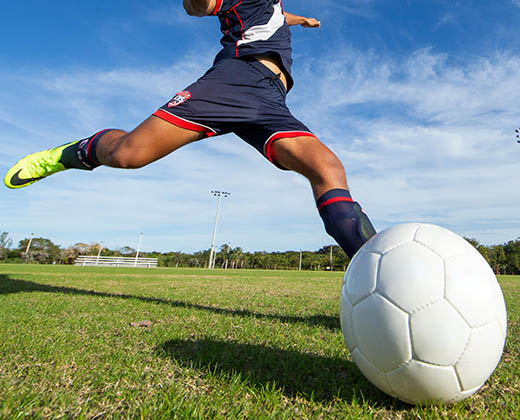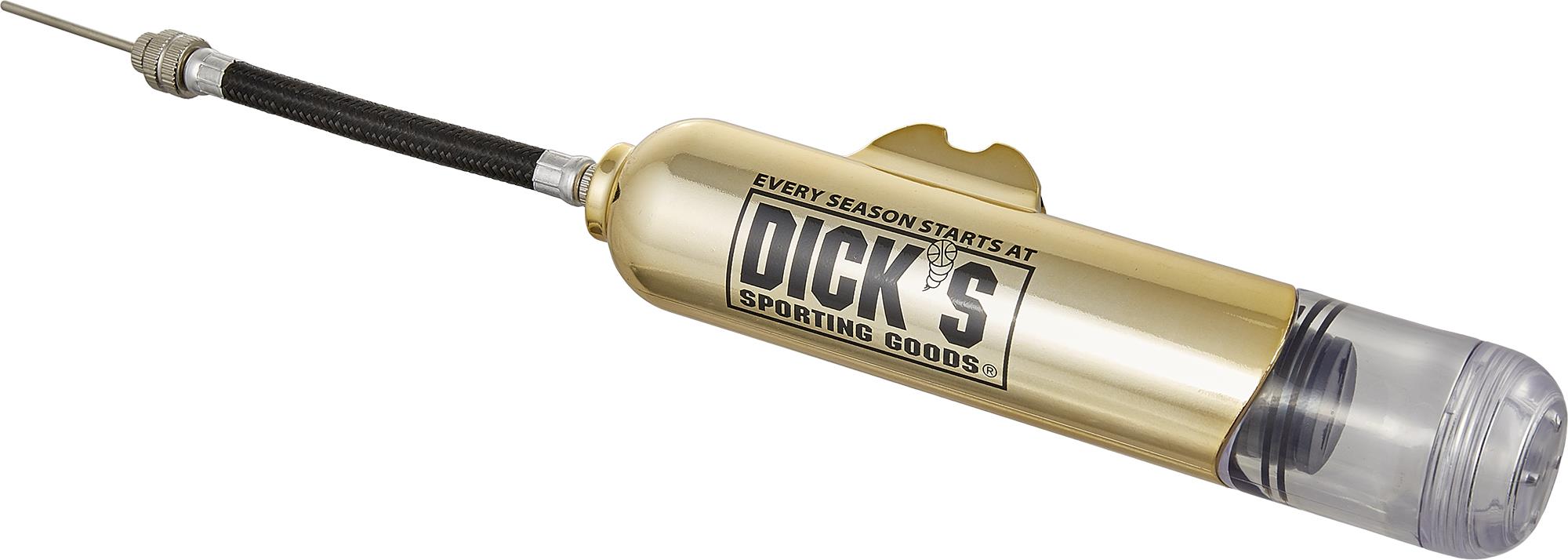How to Care for Your Soccer Ball
Follow these simple do’s and don’ts to make sure you’re treating your soccer ball with the respect it deserves.

Used properly, your soccer ball could last years. Improperly, it may not last a season. Don’t let the latter happen to you through neglect and abuse.
One of the keys to honing your game is to play and practice with a quality ball that meets the requirements of your league. A warped ball that bounces in awkward angles, whether off the ground or off your foot, won’t help you get any better on the pitch.
Discover tips on how to clean a soccer ball, how to store it and more with this guide. Here are a few do’s and don’ts of soccer ball care that can help maximize the lifespan of your ball:
How to Clean a Soccer Ball
After the first use or two, your ball will likely never look pristine again, but so what? You bought it to use it, so use it. However, keeping it clean and free of major filth will prolong the life and playability of the ball. Use a damp cloth to wipe down the surface and remove any excess dirt, residue or grime after every use and you’ll never have to resort to playing dirty.
How to Inflate a Soccer Ball
For the ball to react the way it’s supposed to react when kicked, it has to be inflated to the proper pressure. That means neither over- or under-inflated. Most balls will print the recommended pressure right on the side of the ball. Use a pressure gauge and inflate or deflate accordingly. However, before inserting any needle into the ball, use some lubricant (mineral oil, valve oil or silicon spray work well) on the needle to avoid damaging the air valve.
How to Deflate a Soccer Ball for Storage
Not playing for a while? Deflate the ball. Use the same needle you use to inflate it and just let the pressure off. You don’t have to squeeze out every bit of air, just soften it up a bit so the shell and bladder can rest.
Soccer Ball Care Tips
Avoid Sitting or Standing on Your Soccer Ball
First of all, standing on a ball – any ball – is kind of dangerous unless you’re a circus acrobat, so we recommend you abstain from that particular behavior for safety reasons. In the event that you have a devil-may-care attitude, we ask that you refrain for the sake of the ball.
Standing on a soccer ball will likely damage its structure to an extent that it warps into a permanently oblong configuration rendering it inadequate for play. Sitting on the ball can do the same thing, so no sitting on the ball during breaks, either.
Avoid Overusing the Wall
Using a wall is a good way to practice quick touches and developing deft footwork that can set you apart on the pitch. However, one of the most common ways players inadvertently damage their ball is kicking it forcefully against a wall over and over again, which warps its shape.
Instead of using a wall, consider using a soccer rebounder or find a teammate to kick with.
Avoid Playing on Abrasive Surfaces
Soccer balls are designed to take a lot of abuse. Some cosmetic damage will unavoidably occur, but playing on rough, abrasive surfaces like concrete, gravel, and asphalt will hasten the demise of your ball. Therefore, our recommendation is that you only use the ball on surfaces for which it is designed. Most of the time this will be grass or artificial turf, but in some cases, like indoor soccer, synthetic flooring is used. Make sure you get a soccer ball that matches the game you’ll be playing.
There are a great many soccer balls available on the market. The one you select may be determined by your level of play, league rules or player age. But one thing is for sure: they are going to be kicked. A lot. Likely in all conditions on all kinds of surfaces. They are going to get dirty, scuffed, and marred, too. And that’s okay. That’s what the ball is designed for. So don’t sweat it if these things happen. But if you want to get the most out of your ball, follow these basic do’s and don’ts to take care of it properly.








